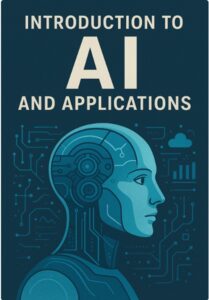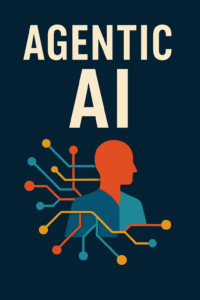Digital twins are virtual replicas of physical objects, systems, or processes that can be used for analysis, simulation, monitoring, and control. They can be used in various industries, including manufacturing, healthcare, construction, and transportation. Here are some applications of digital twins:
- Manufacturing: Digital twins can be used to simulate and optimize manufacturing processes, reduce downtime, and improve product quality.
- Healthcare: Digital twins can be used to create personalized models of patients for medical research, diagnosis, and treatment.
- Construction: Digital twins can be used to simulate and optimize building designs, reduce material waste, and improve construction efficiency.
- Transportation: Digital twins can be used to optimize traffic flow, improve logistics, and reduce fuel consumption.
- Energy: Digital twins can be used to monitor and optimize energy systems such as power plants, wind farms, and smart grids.
Digital twins can also be used in combination with other technologies such as the Internet of Things (IoT) and artificial intelligence (AI) to create intelligent systems that can adapt and respond to changing conditions in real-time.
Job opportunities in digital twins include software engineers, data analysts, simulation specialists, system architects, and project managers, among others. There is also a growing demand for professionals with expertise in IoT and AI, as these technologies are often used in combination with digital twins.










